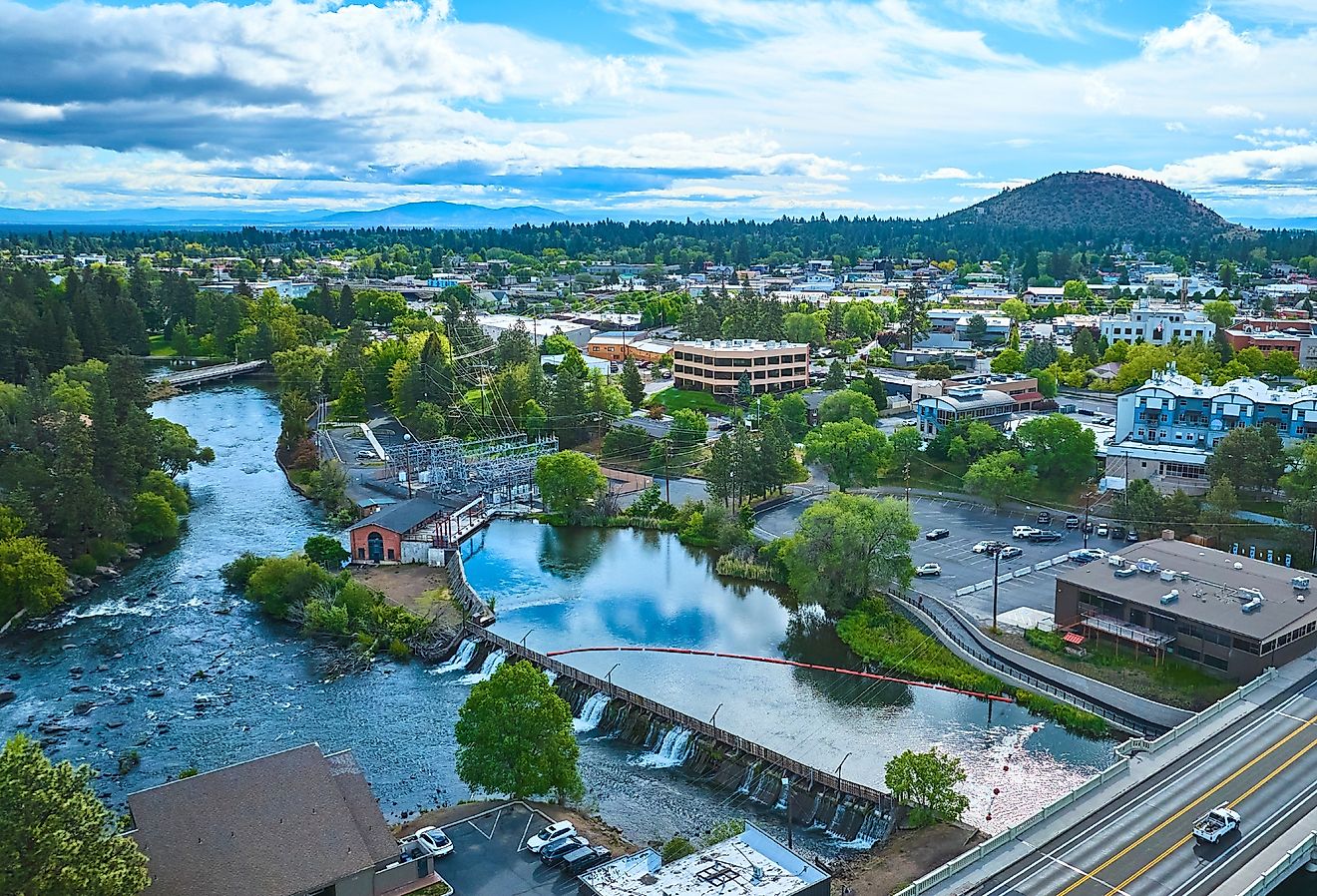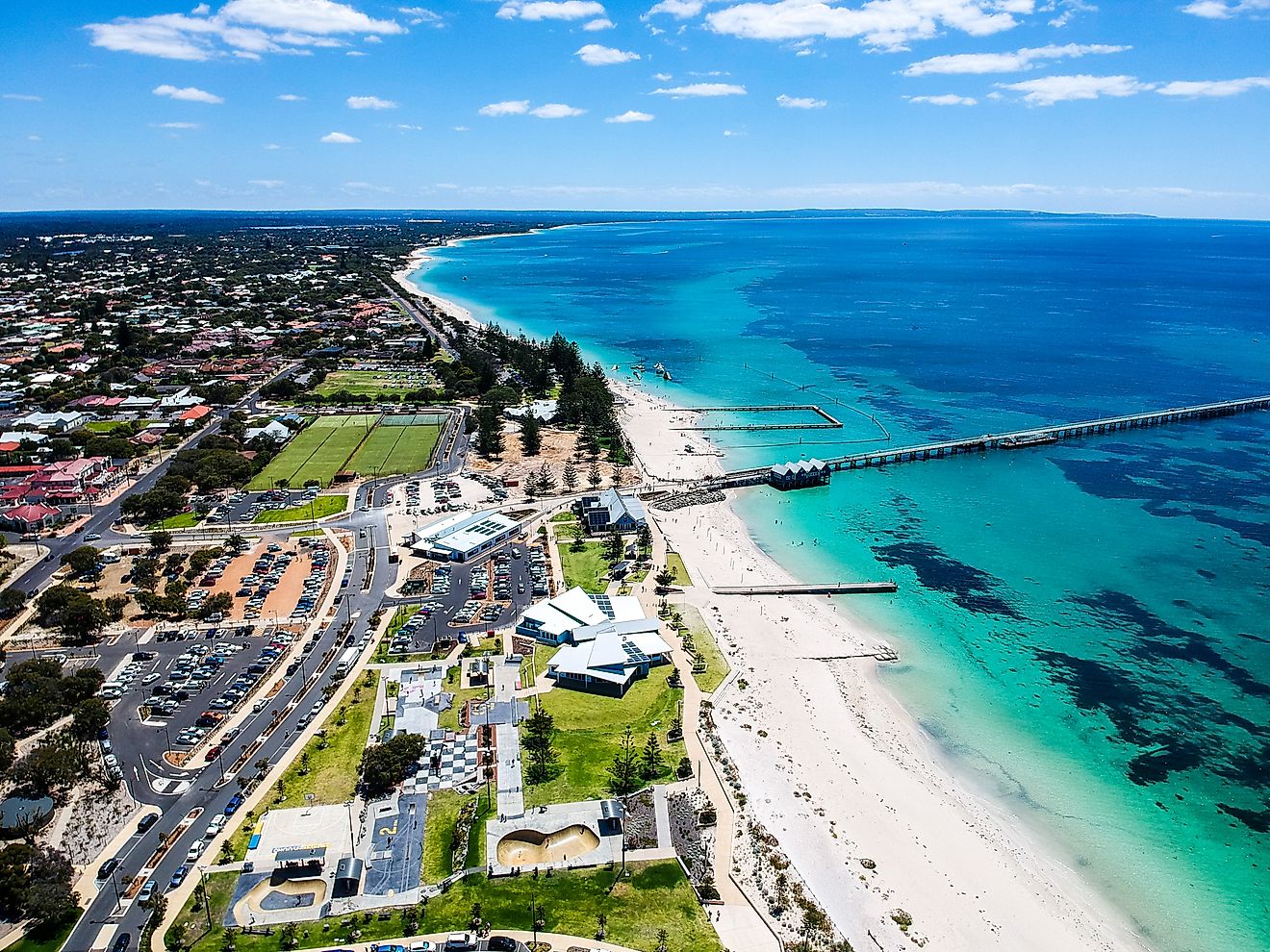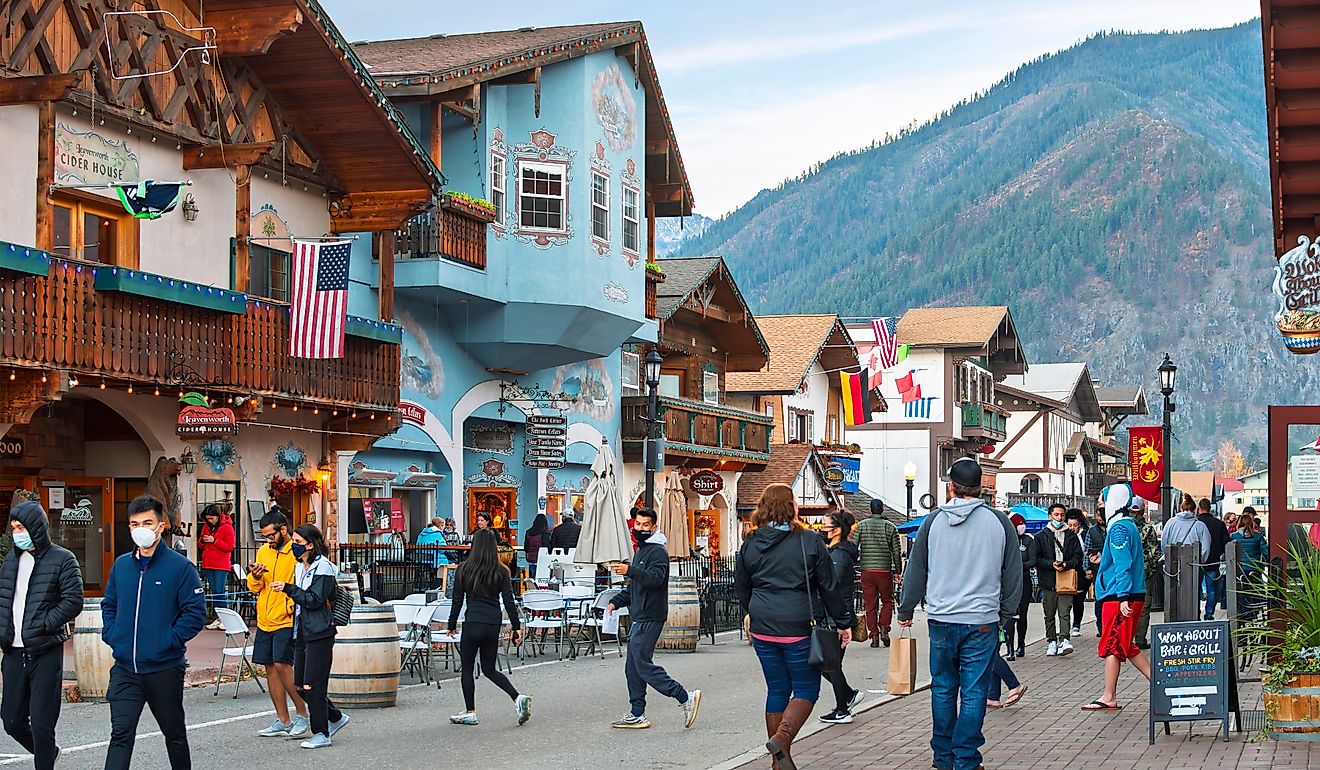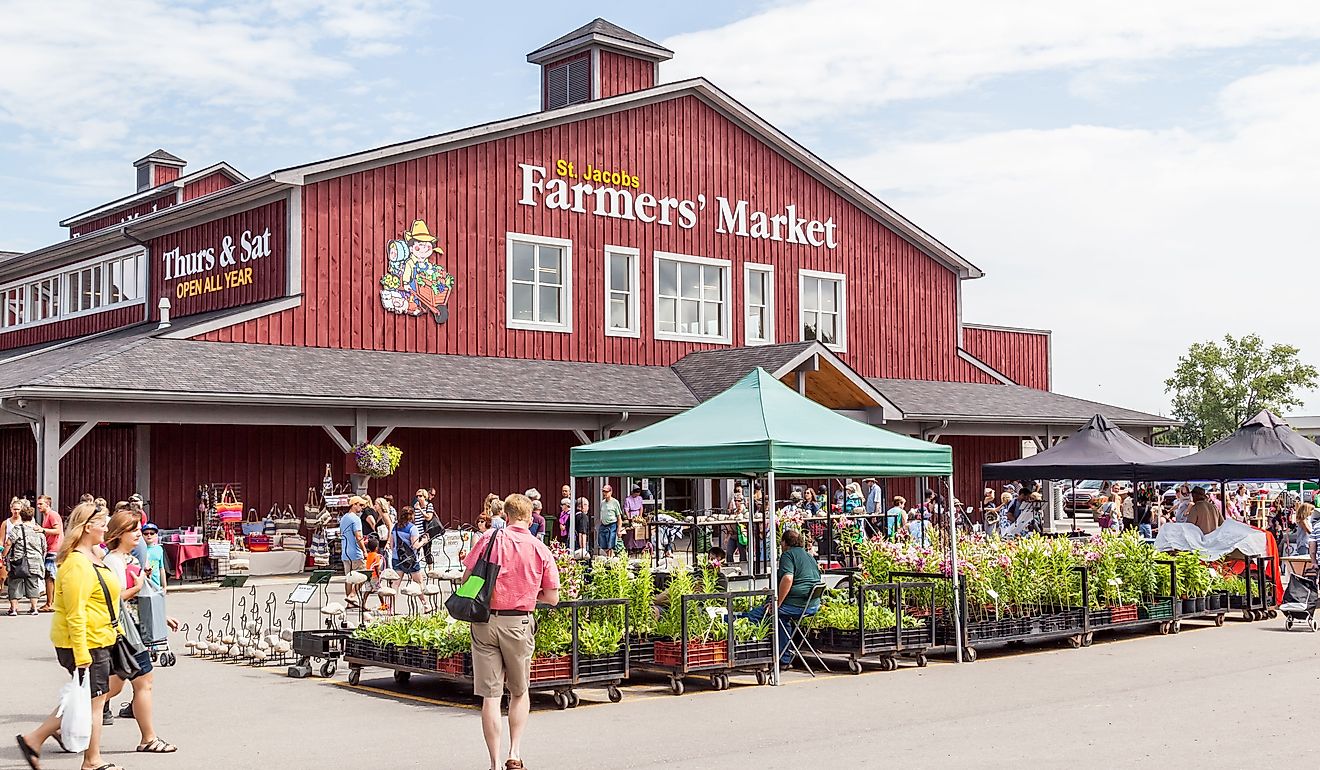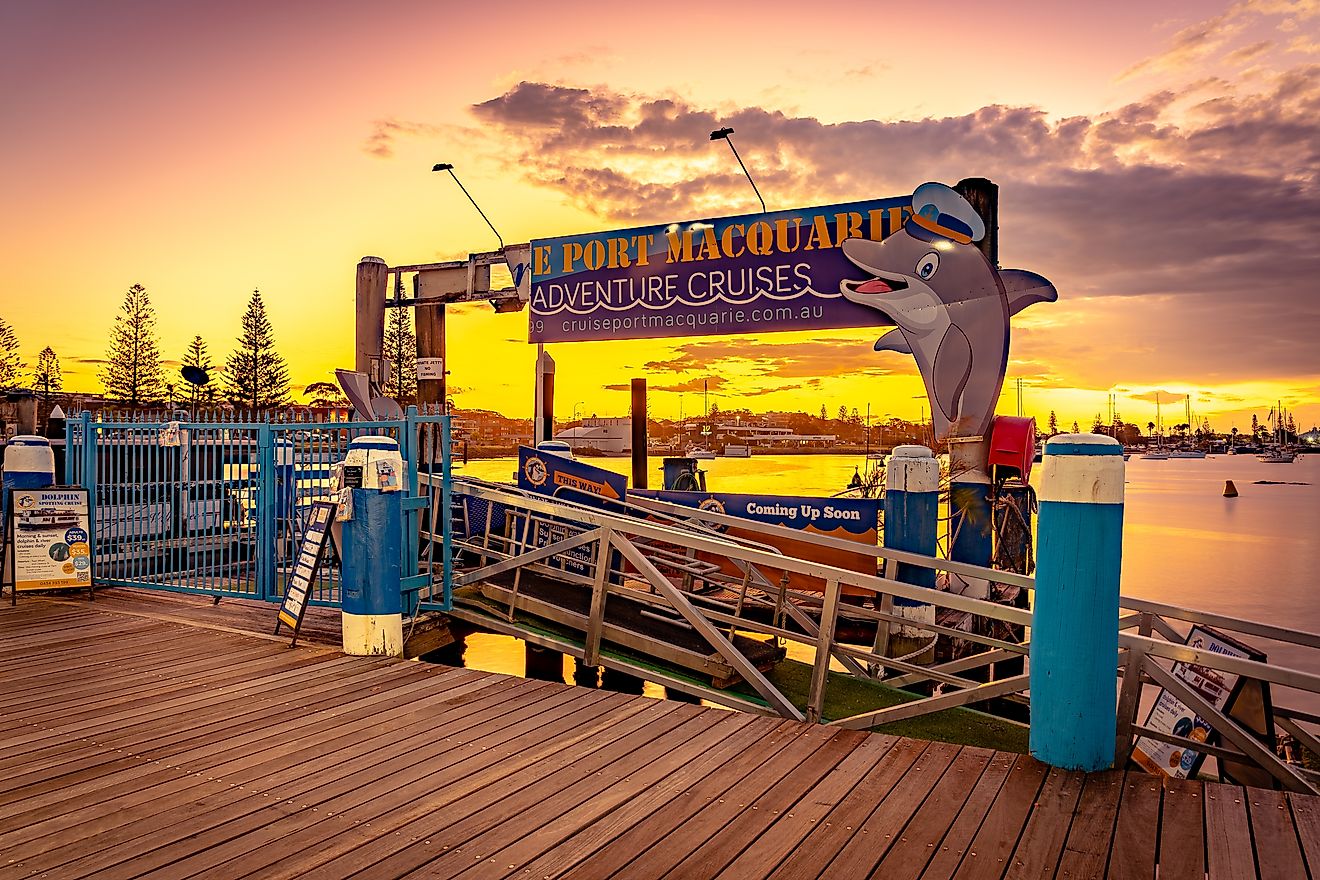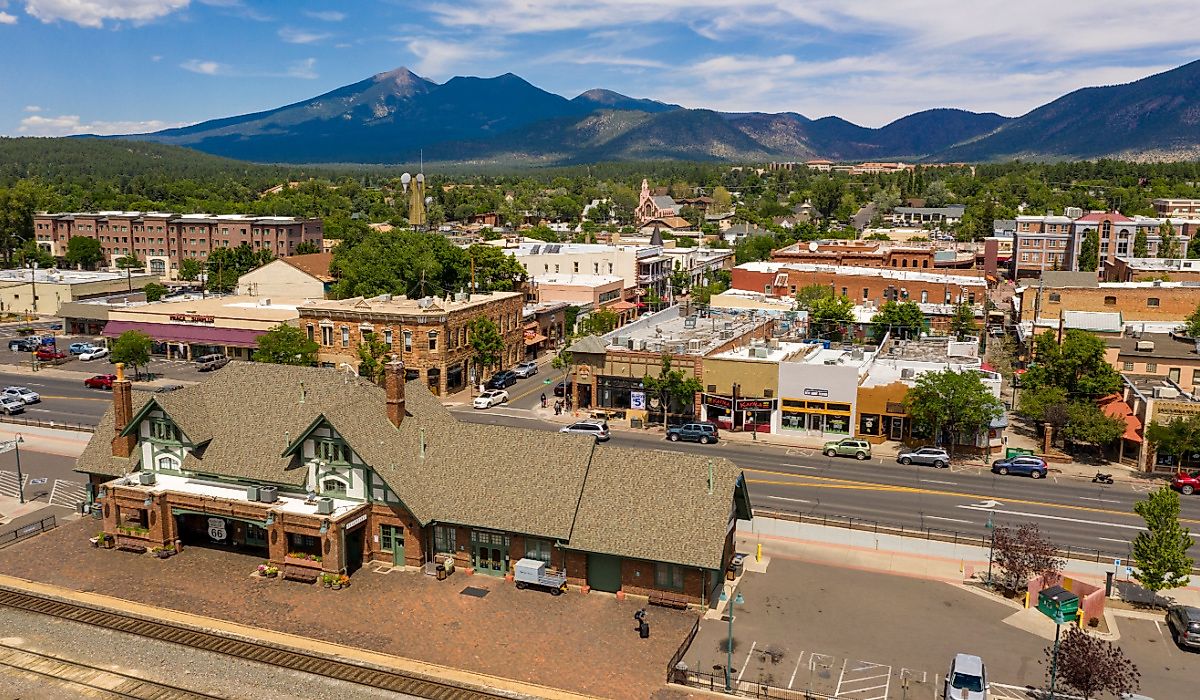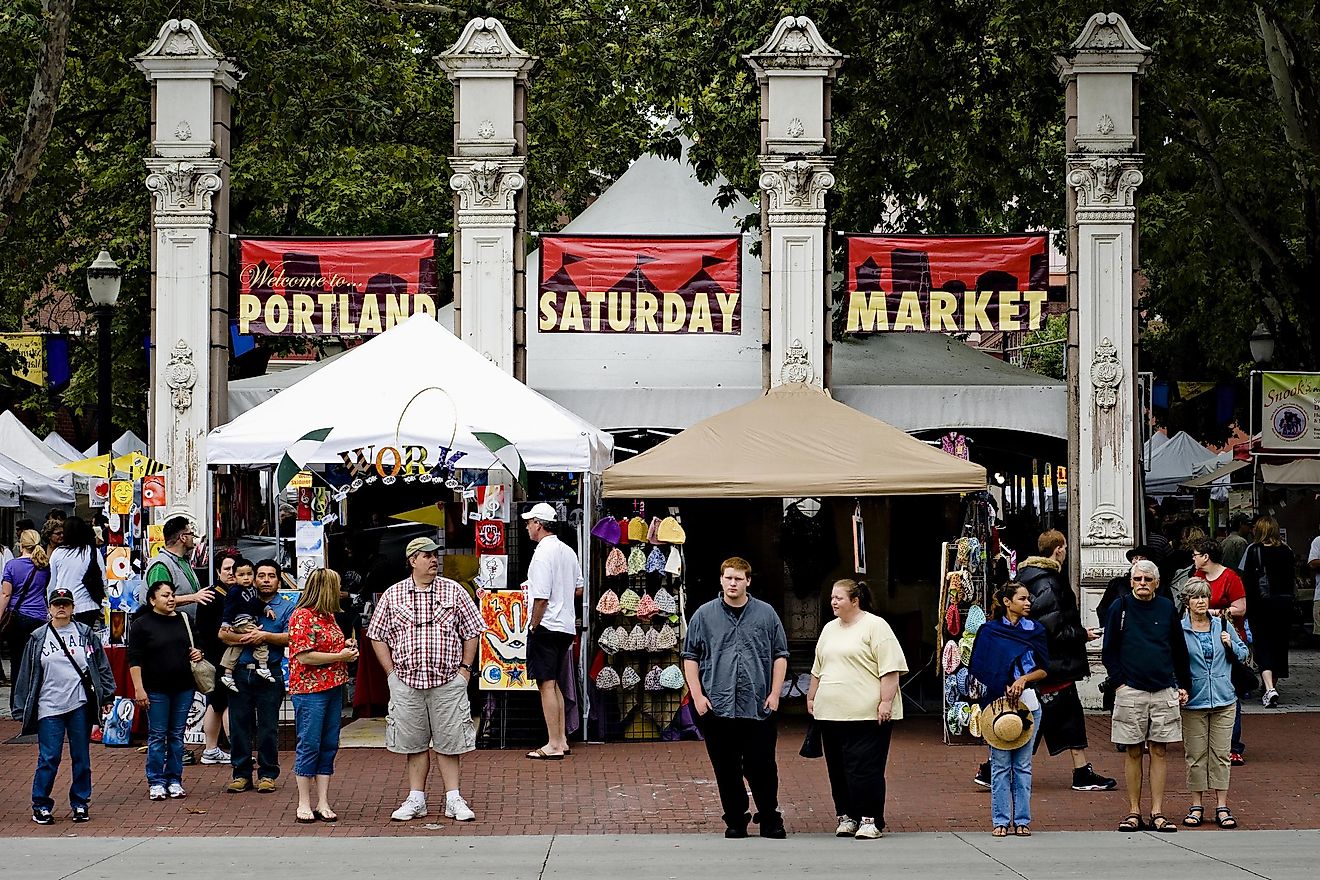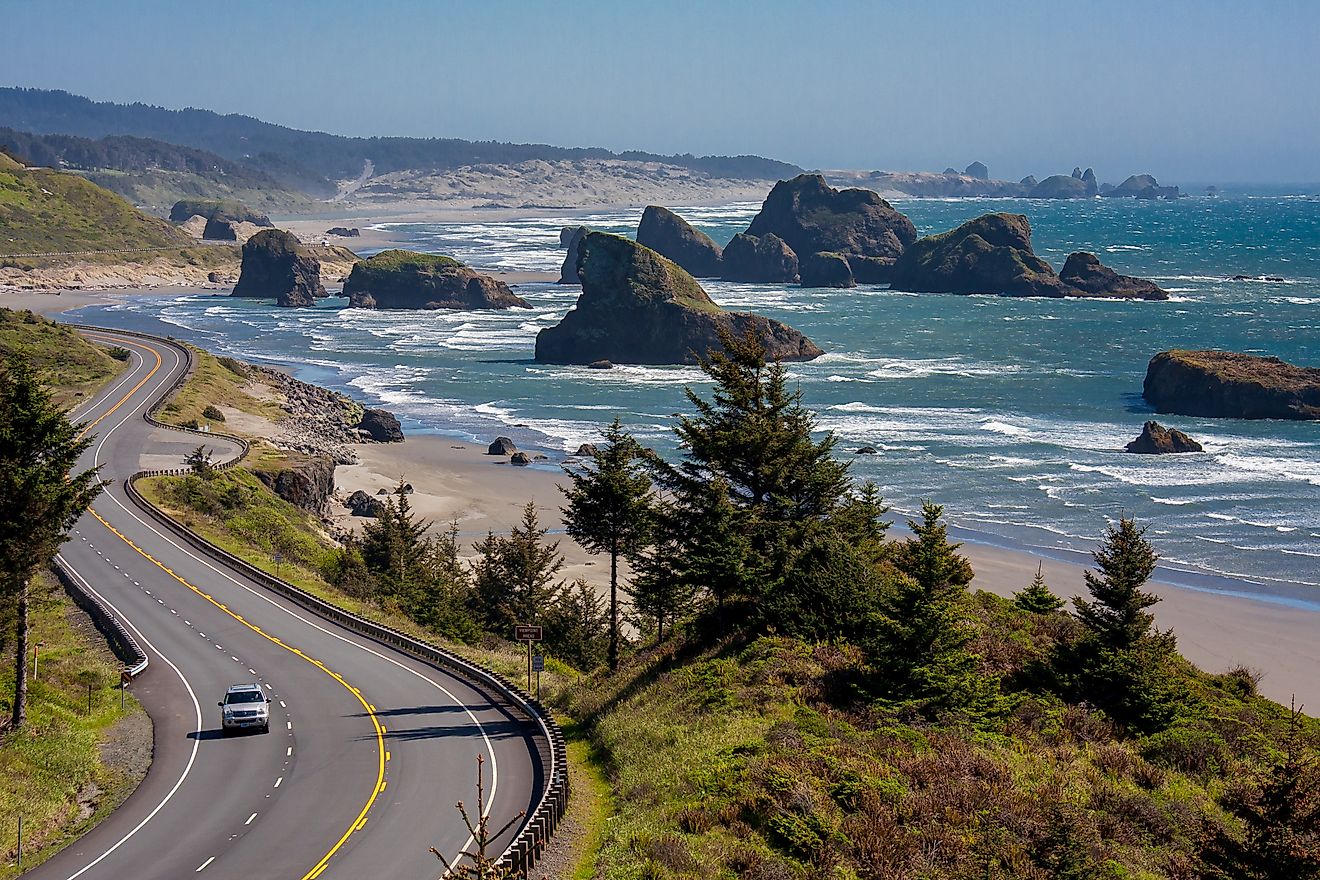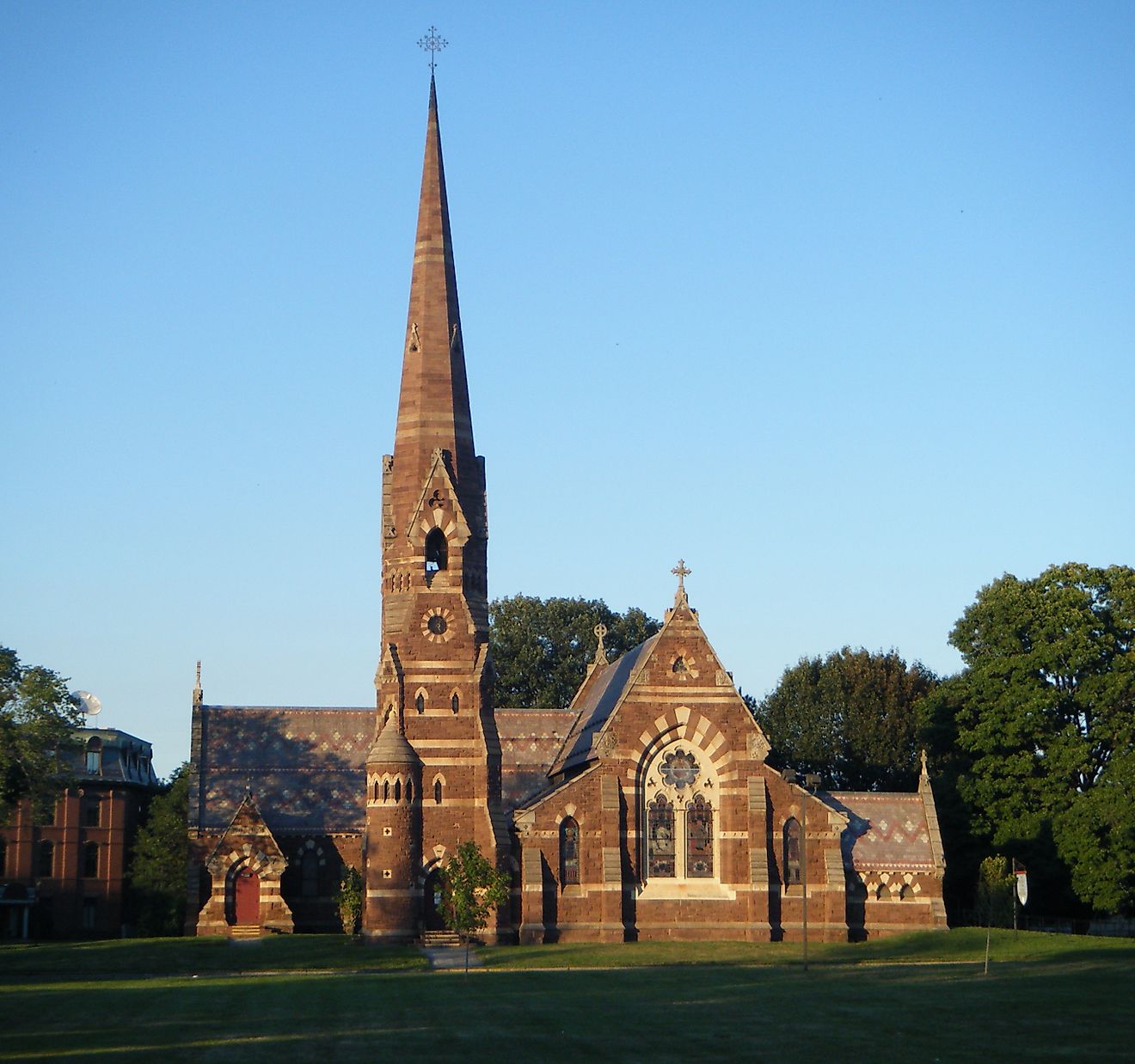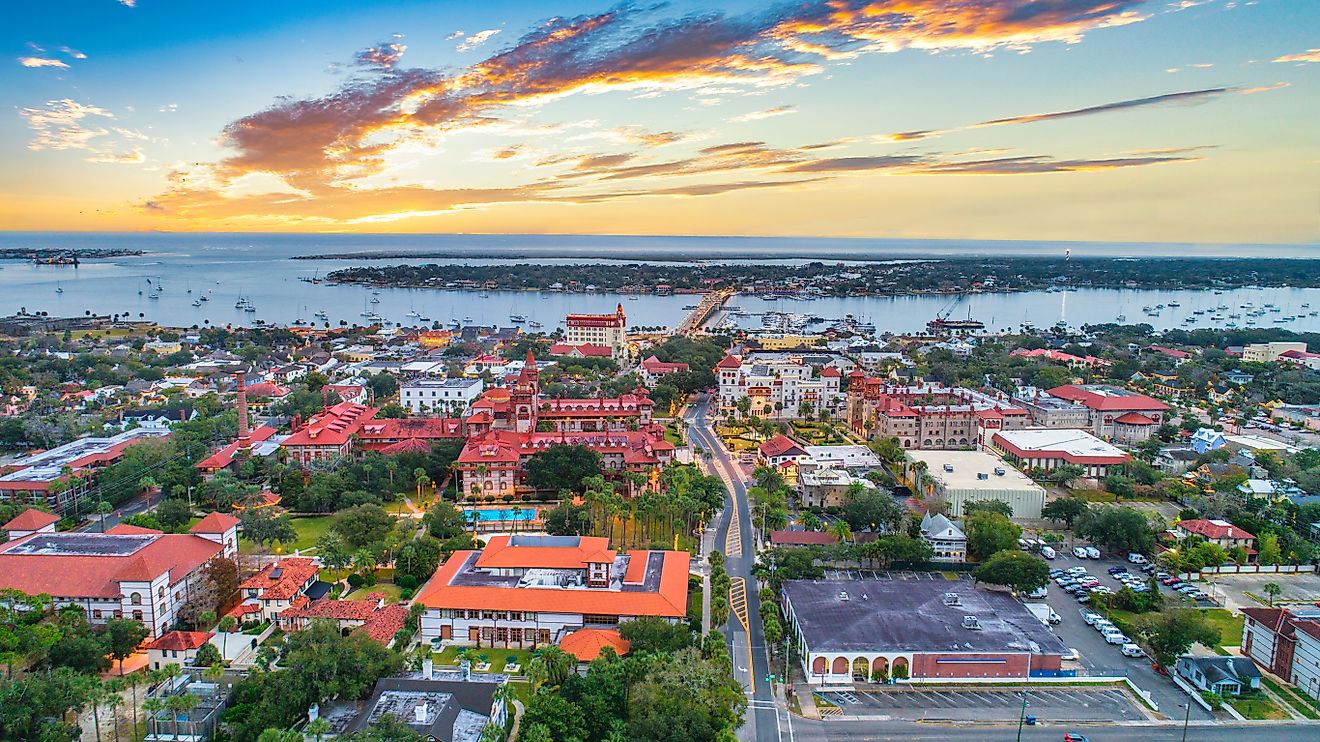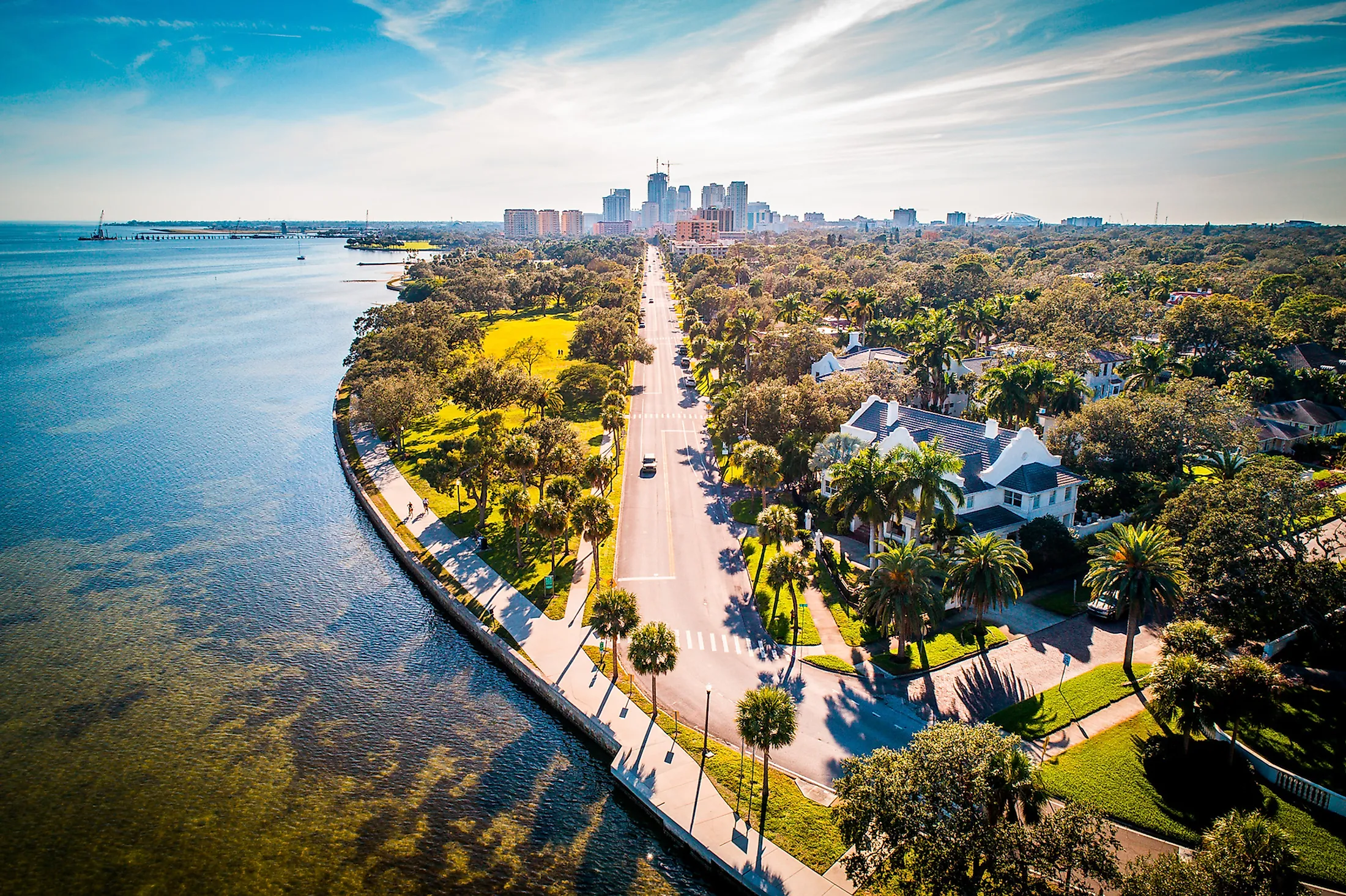
St. Petersburg, Florida
Locally referred to as “St. Pete” and “Florida’s Sunshine City,” St. Petersburg is a small coastal city situated in Pinellas County in the west-central part of the US State of Florida. St. Petersburg is the second-largest city in the Tampa Bay Area and the fifth-most populous city in Florida. Founded in 1888 by John C. Williams and Peter Demens, this Floridian city was named after the city of Saint Petersburg in Russia. The good weather and low cost of living make this middle-sized Floridian city a popular retirement destination, as well as a popular tourist destination attracting visitors of all ages.
Geography Of St. Petersburg
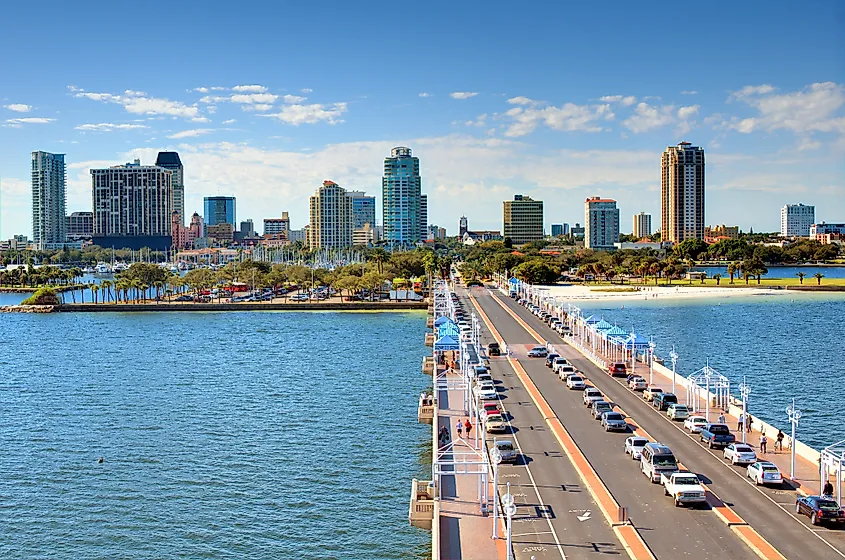
The city of St. Petersburg covers a total area of 356.4 sq. km, of which 196.5 sq. km is occupied by water and 159.9 sq. km is occupied by land. The city is located on the southern edge of the Pinellas Peninsula between Tampa Bay and the Gulf of Mexico and is linked with mainland Florida in the north. The city is bounded by the three sections of Tampa Bay, namely the Middle Tampa Bay, Lower Tampa Bay, and Old Tampa Bay. The city of St. Petersburg is situated about 25km southeast of the city of Clearwater and about 30km southwest of the city of Tampa. These three cities form a part of the Tampa-St. Petersburg-Clearwater Metropolitan Statistical Area, which is the second-largest metropolitan area in the State of Florida. A mayor-council government system administers the city of St. Petersburg.
Climate
According to the Köppen climate classification, the city of St. Petersburg experiences a humid subtropical climate with long, hot summers and short, cool winters. The city faces a wet rainy season from June to September. Due to the maritime influences of Tampa Bay and the Gulf of Mexico, some parts of the city have many tropical microclimates. The city is also occasionally affected by hurricanes and tropical storms. The hot season lasts from May to October, with August being the hottest month, having an average high temperature of 31.6°C and a low temperature of 26.1°C. The cold season lasts from December to March, with January being the coldest month, having an average low temperature of 13.8°C and a high temperature of 20.5°C. The city of St. Petersburg has an average of 361 days of sunshine each year and has set a Guinness World Record for having the most consecutive days of sunshine.
Population Of St. Petersburg
As per the 2010 census, about 244,769 people live in the city of St. Petersburg. The city’s population had decreased from the 2000 census, which showed that the city was home to 248,232 people. The city has a population density of 1530.7 inhabitants per sq. km. About 68.7% of the city’s population is considered White. The Non-Hispanic group accounts for 64.3% of the city’s population, followed by African Americans at 23.9%, the Hispanic group at 6.6%, Asians at 3.2%, Native Americans at 0.3%, Pacific Islander at 0.1%, Two or more races at 2.5% and other races at 1.3%. The census also revealed that the city had 129,401 households, of which 108,815 households were occupied, and 20,586 were not occupied.
Brief History Of St. Petersburg
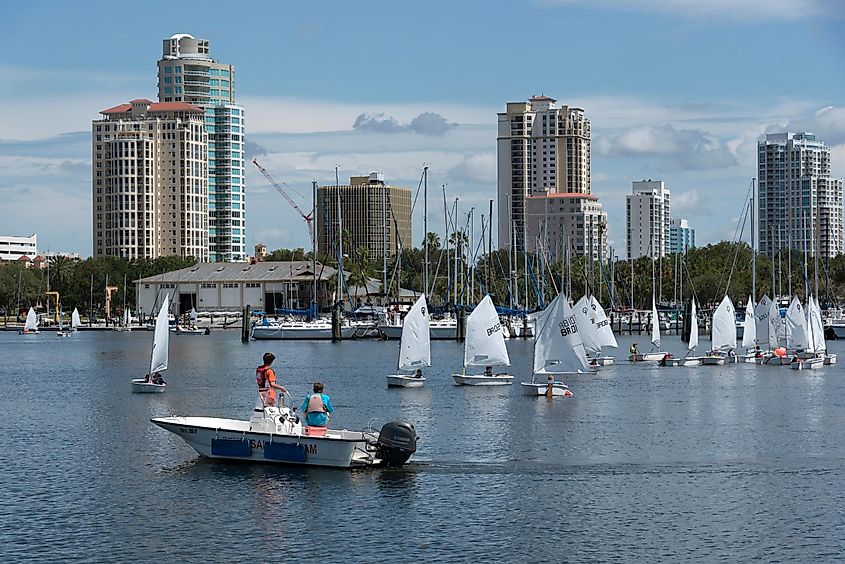
It is believed that the native Calusa people initially inhabited the area. The Spanish explorers Panfilo de Narvaez and Hernando de Soto were the first Europeans to visit the region. In 1875, John Constantine Williams Sr. purchased land in the area. Peter Demens, the Russian nobleman, brought the terminus of the Orange Belt Railway into the area, and together with John C. Williams, founded the community in 1888. A coin toss was held between Demens and Williams to name the new community. Demens won the toss and named the community “St. Petersburg” after the city of Saint Petersburg in Russia, while Williams named the community’s first hotel as the “Detroit Hotel.” With a population of 300 residents, St. Petersburg was initially incorporated as a town on February 29, 1892. St. Petersburg’s first electrical service was turned on in 1897, and its first significant industry was started in 1899. The town rapidly developed as a resort area and the Orange Belt Railroad established by Demens played a significant role in the town’s economy. On June 6, 1903, the town of St. Petersburg was reincorporated as the city of St. Petersburg. In 1914, the world’s first scheduled passenger airplane service connected the city of St. Petersburg with Tampa. In 1924, the Gandy Bridge linked the two cities over Old Tampa Bay. St. Peterburg became one of the state’s first cities in the late 1940s, which encouraged former tourists to spend their retirement years in this Floridian city.
Attractions In St. Petersburg
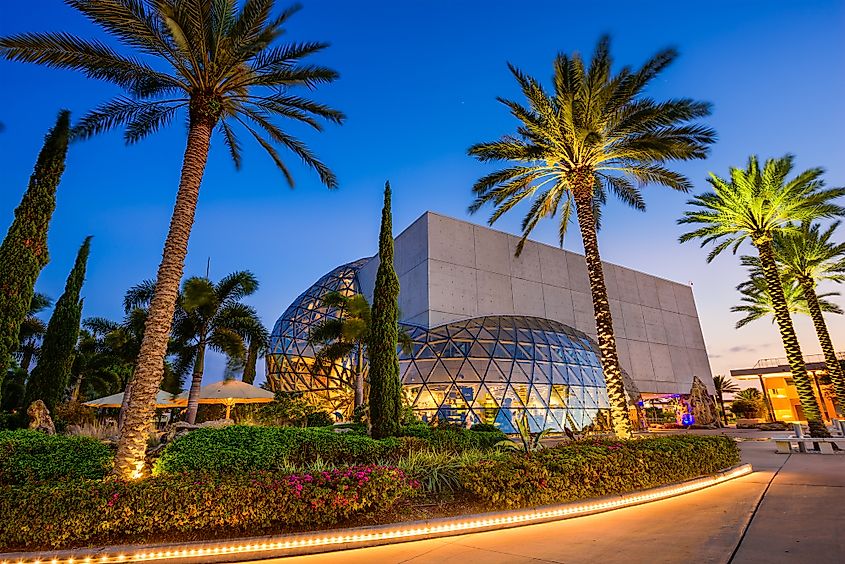
There are more than 100 neighborhoods in the city of St. Petersburg. The downtown area, situated on the central-eastern edge of the city, is considered the commercial and business center of St. Petersburg. It features many parks, museums, art galleries, restaurants, banks, law firms, and the residential and commercial skyscrapers of the city. In addition to this, the downtown area also includes the University of South Florida St. Petersburg campus and a downtown branch of St. Petersburg College.
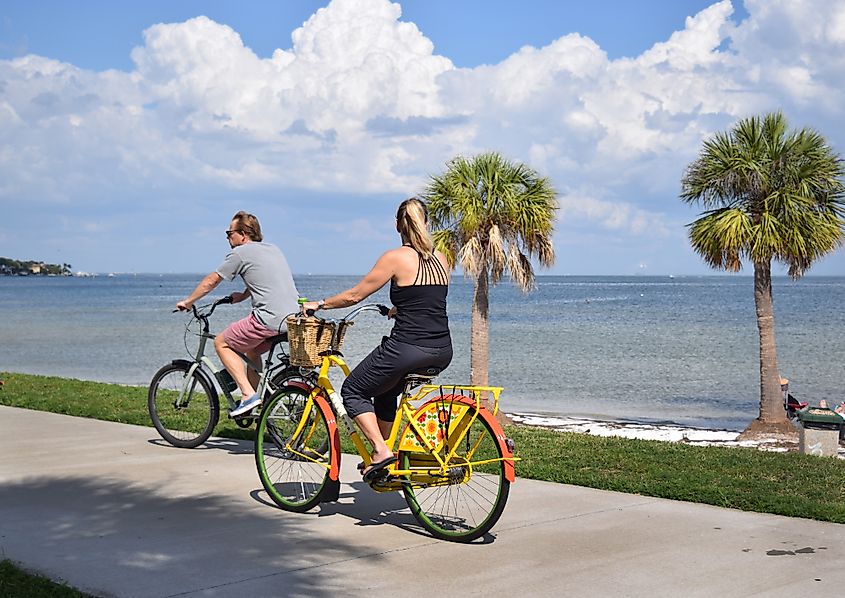
The city of St. Petersburg also has North America’s third-largest dedicated public waterfront park system that stretches for more than 11km and is used for outdoor festivals and public events throughout the year. The city also contains seven distinct art districts: the Waterfront Museum District, the Central Arts District, the Grand Central District, the Edge District, the Warehouse Arts District, the Deuces Live District, and the M.L. King North District. Extending into Tampa Bay from downtown St. Petersburg is the St. Petersburg Pier, a landmark pleasure pier that serves as one of the city’s major tourist attractions. The city is also home to Tampa Bay Rays – the American professional baseball team that plays in the Tropicana Field in the western part of the downtown, and the Tampa Bay Rowdies that play in the Al Lang Stadium located along the downtown waterfront.
Located to the north of the city’s downtown area are the Northshore Historic District and the Snell Isle neighborhood. The Northshore Historic District includes many shops, beaches, city landmarks, residential high rises, and other recreational areas. Snell Isle consists of well-known resorts, such as the St. Petersburg Woman’s Club and the Vinoy Park Hotel. The city’s shuffleboard Club is currently recognized as the largest Shuffleboard Club in the world, with more than 110 courts and 5,000 members.
